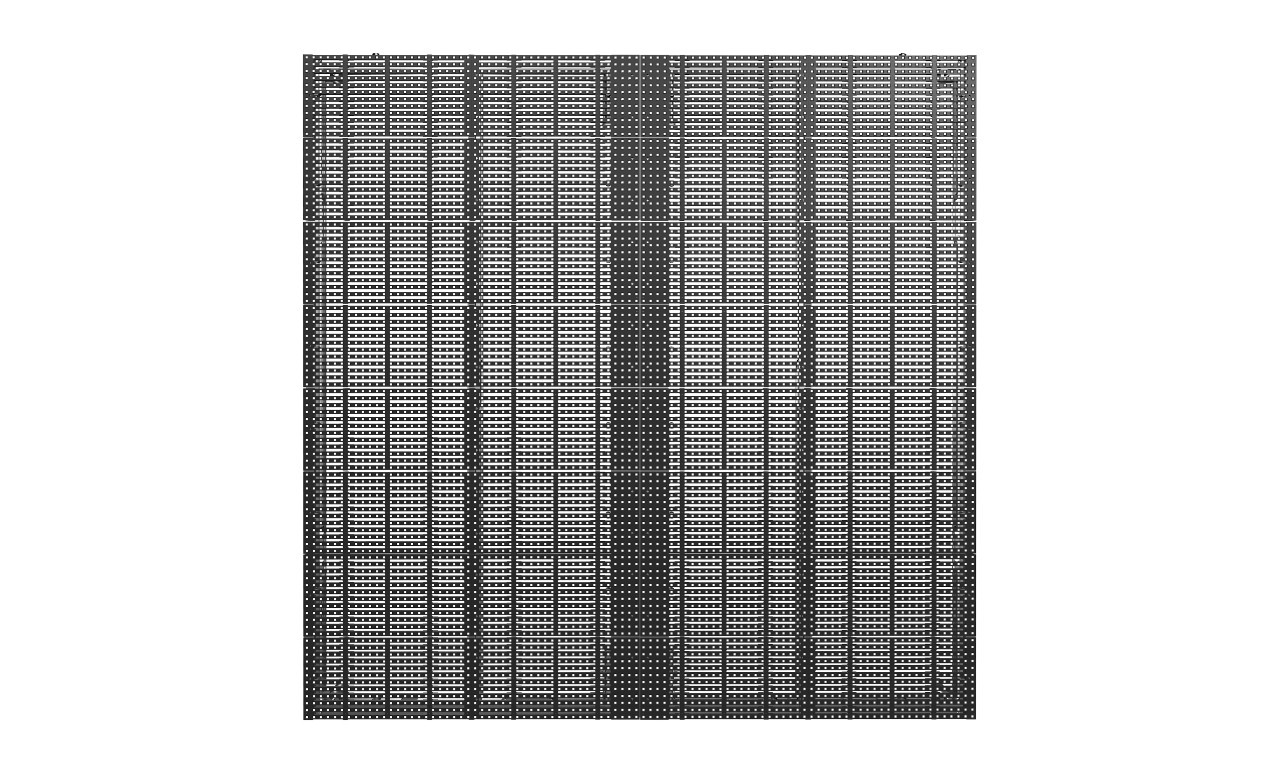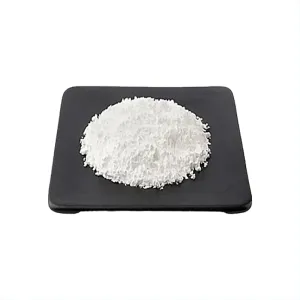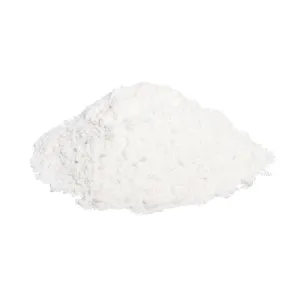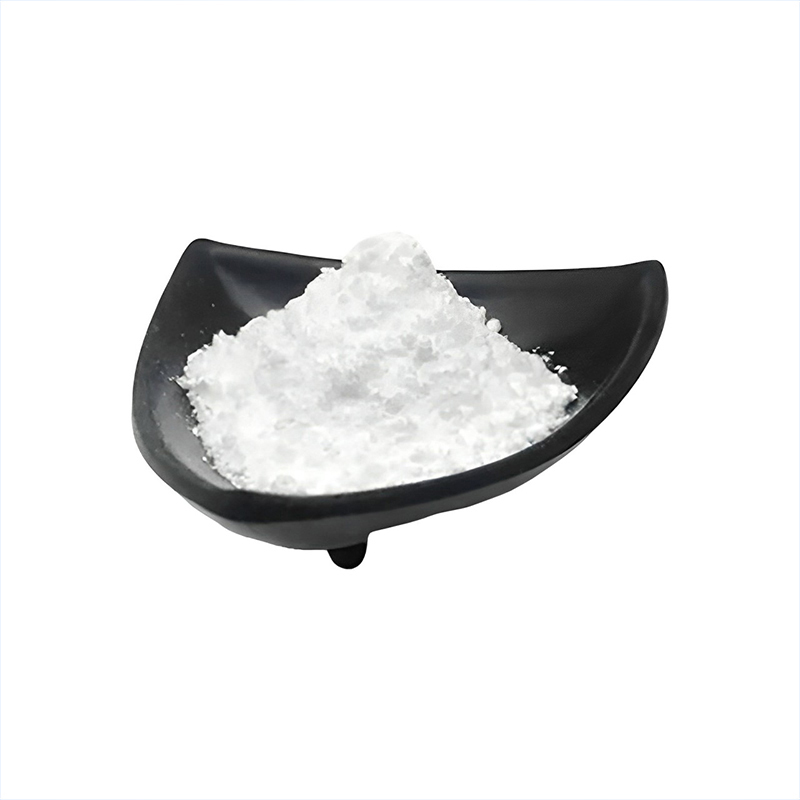From July to August, the corn market is green and green, and the low level of corporate inventory is the strength to support corn prices, but recently, with the help of typhoon weather, the uncertainty of new corn production has greatly increased the strength of corn. Even though there are more bearish expectations from multiple alternatives, corn is extremely resilient, and the market bullish sentiment is heating up, pushing the corn price center of gravity to move up quickly. The price of by-product ddgs has been continuously pushed up under the influence of the rising price of corn, the obvious increase of parallel product soybean meal, and the decline of maintenance supply of enterprise equipment. Typhoon du Suri has hit and global rice supplies are in short supply, a warning of the fragility of the food system, with countries such as India, the United Arab Emirates and Russia restricting rice exports. Affected by the wind and rain brought by "Kanu", it is expected that heavy rainfall will generally occur in most of Heilongjiang and eastern Jilin, and there will be torrential rain in the local area. And due to the influence of Typhoon No. 5 "du Suri" before, the northeast region already experienced a round of rainfall in early August, and the rainfall area coincided, especially in some areas where the soil water content was close to saturation. therefore, it brings a lot of pressure to the northeast region. At this time, it is the critical period of rice growth, so the impact of the last two rounds of precipitation is more critical, and the follow-up need to pay close attention to the fluctuation of yield. The surplus grain in Shandong and North China has bottomed out, and enterprises continue to raise prices to promote volume, and they all hope that Northeast grain will enter the customs as soon as possible, but in addition to the intention of northeast enterprises to lock up grain, the rainy weather has hindered traffic in many places and caused certain difficulties to the transportation of corn, so that the amount of corn has been on the low side. As of press time, the purchasing price of corn in Heilongjiang in Northeast China is 2630-2680 yuan / ton, and that in Jilin is 2750-2800 yuan / ton. The purchasing price of corn in Henan is 3020 yuan / ton.
Part of China's cassava production is in Guangxi and Yunnan, but most of it is imported from Thailand, Vietnam, Laos and other countries. The production of cassava in Thailand will be reduced by about 6 million tons in 2022 / 2023. At present, it is the cassava growing season, and there are still about three months to go before the next harvest season. Thailand's export of dried cassava is estimated to be about 3.48 million tons from January to July 2023. The export volume decreased significantly in July. Weak ethanol prices, light procurement of raw materials and loss of cassava starch in China have led to a decline in cassava imports from Thailand. The typhoon mainly affected North China and Northeast China, while Thailand and South China had no obvious impact. As of press time, the price of Thai dried cassava F0B is 272-275 US dollars per ton, sea freight is 8-10 US dollars per ton, and the RMB exchange rate is 7.1768.
With the rise of raw materials, the cost of ethanol production increases, and most of the enterprises are in a state of loss.
According to the profit situation of corn ethanol production in Heilongjiang region of Northeast China and that of cassava ethanol production in East China and Northern Jiangsu Province.

As of press time, the production of corn ethanol in Heilongjiang region lost 162.83 yuan / ton in the first half of August. Although the quoted price of ethanol by enterprises rose slightly, the price of corn actually traded was higher, and traders were reluctant to sell at low prices.

As of press time, the production of cassava ethanol in eastern and northern Jiangsu lost 321.94 yuan per ton in the first half of August. Although the price of ethanol by enterprises rose slightly, the price of dried cassava in Thailand rose to a high.
















